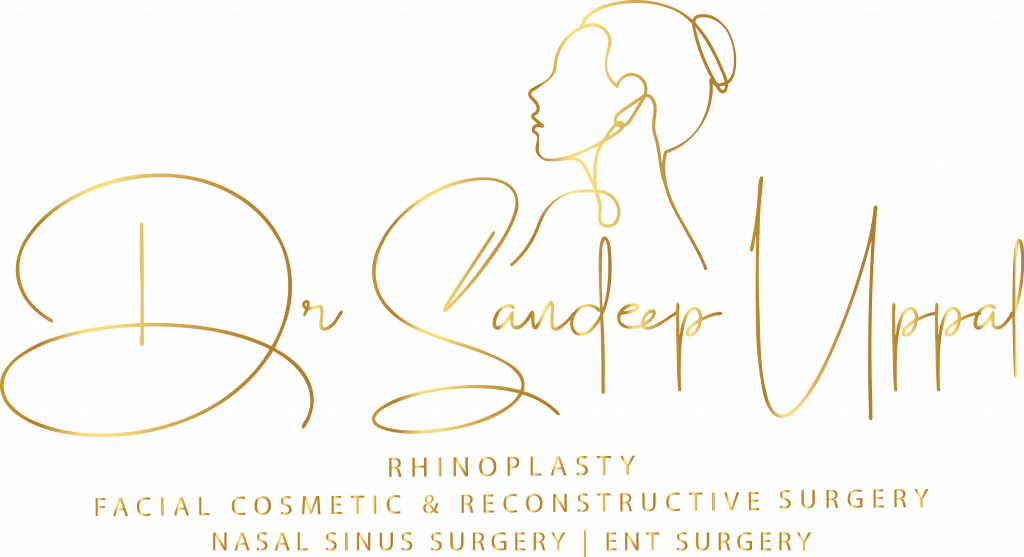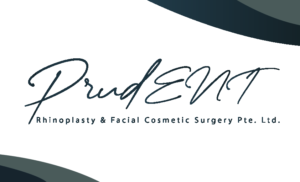Facial Lacerations
FACIAL LACERATIONS REPAIR IN SINGAPORE | FACIAL TRAUMA & FACIAL INJURY TREATMENT Welcome to Dr Sandeep’s Clinic – Premier Care for Facial Injuries and Lacerations. When accidents leave their mark, it’s not just your skin that needs healing—it’s your peace of mind. At Dr Sandeep’s Clinic, we understand that facial injuries are more than skin deep, and that’s why we go beyond standard care. We are your advocates for a restored appearance and well-being. YOUR FACIAL RESTORATION, OUR PROMISE Under the expert care of Dr Sandeep and his team, our clinic delivers up-to-date treatment for facial trauma and lacerations, ensuring that you receive both immediate care and long-term cosmetic excellence. Whether you face a minor injury or require complex reconstructive facial surgery in Singapore, we prioritize your individual needs, offering a tailored approach to bring back the natural harmony of your features. EXPERTISE BEYOND THE ORDINARY With an adept team led by Dr Sandeep, our clinic is a fusion of advanced medical proficiency and artistic finesse. We bring years of specialized experience to the table, making us passionate in both emergency medicine and facial reconstruction in Singapore. Our commitment is to deliver not just healing, but the reclamation of your facial identity. PRECISION MEETS HEALING We’re equipped with the latest in medical technology, ensuring that each procedure is executed with the utmost precision. Our clinic boasts 3D imaging and modern treatments, setting the stage for effective, minimally invasive interventions that promote rapid healing and discreet scarring. CLIENT-FIRST PHILOSOPHY We believe in the power of personalization. Every face tells a story, and every injury requires a unique narrative of care. That’s why we offer a comprehensive assessment to craft a treatment plan that’s as individual as you are, focusing on optimal recovery and aesthetic discretion. IMMEDIATE, EXPERT FIRST AID Our express check-in is designed to address your needs without delay. From swift haemostasis to initial wound care, our skilled nursing staff lay the foundation for the exceptional, specialized treatment to follow. SURGICAL INTERVENTIONS OF THE HIGHEST QUALITY Dr Sandeep is meticulous in surgical precision, using an array of closure techniques to seamlessly blend healing with aesthetic restoration. For severe cases, immediate treatment under general anaesthesia is available to address complex concerns promptly. ANTIBIOTICS AND PREVENTIVE MEASURES We take a proactive stance in health management, offering immediate access to antibiotics and vaccinations to pre-empt complications and encourage a robust recovery. AFTERCARE AND AESTHETIC COUNSELING The journey to recovery is a continuum, and our clinic is with you every step of the way. Follow-up visits are scheduled for diligent monitoring, and consultations on cosmetic aftercare ensure that you have support for any scar-related concerns. TRANSFORMATIVE SCAR MANAGEMENT TECHNIQUES We offer a suite of advanced scar management options to reduce visibility and aid in your emotional recovery. Techniques are chosen based on your unique case, ensuring the most effective approach. COMPREHENSIVE CARE FOR ALL FACIAL INJURIES Our clinic stands at the forefront of managing an extensive array of facial injuries, from abrasions to avulsions and facial fractures. Our approach combines immediate attention with ongoing, individualized care. VIRTUAL CONSULTATIONS Distance shouldn’t be a barrier to expert care. Our virtual consultation services ensure you receive Dr Sandeep’s expertise wherever you may be. EMBRACE HEALING WITH PRECISION AND COMPASSION Accidents may happen, but their marks don’t have to define your future. Dr Sandeep blends contemporary technology with personalized care to turn back the clock on facial injuries. Join hands with a team that sees beyond the wound. Take Action Now: Reclaim your confidence and unveil the beauty that lies beneath. Schedule your consultation with Dr Sandeep today and embark on a journey to flawless healing and restored elegance. Book Your Appointment | Experience Expert Care | Begin Your Transformation Explore Our Other Treatments – Rhinoplasty Singapore, Facelift Singapore, Double Eyelid Surgery Singapore, Otoplasty Singapore, Upper Blepharoplasty Singapore & More! Read All Facial Injury Blogs Here
Facial Lacerations Read More »


